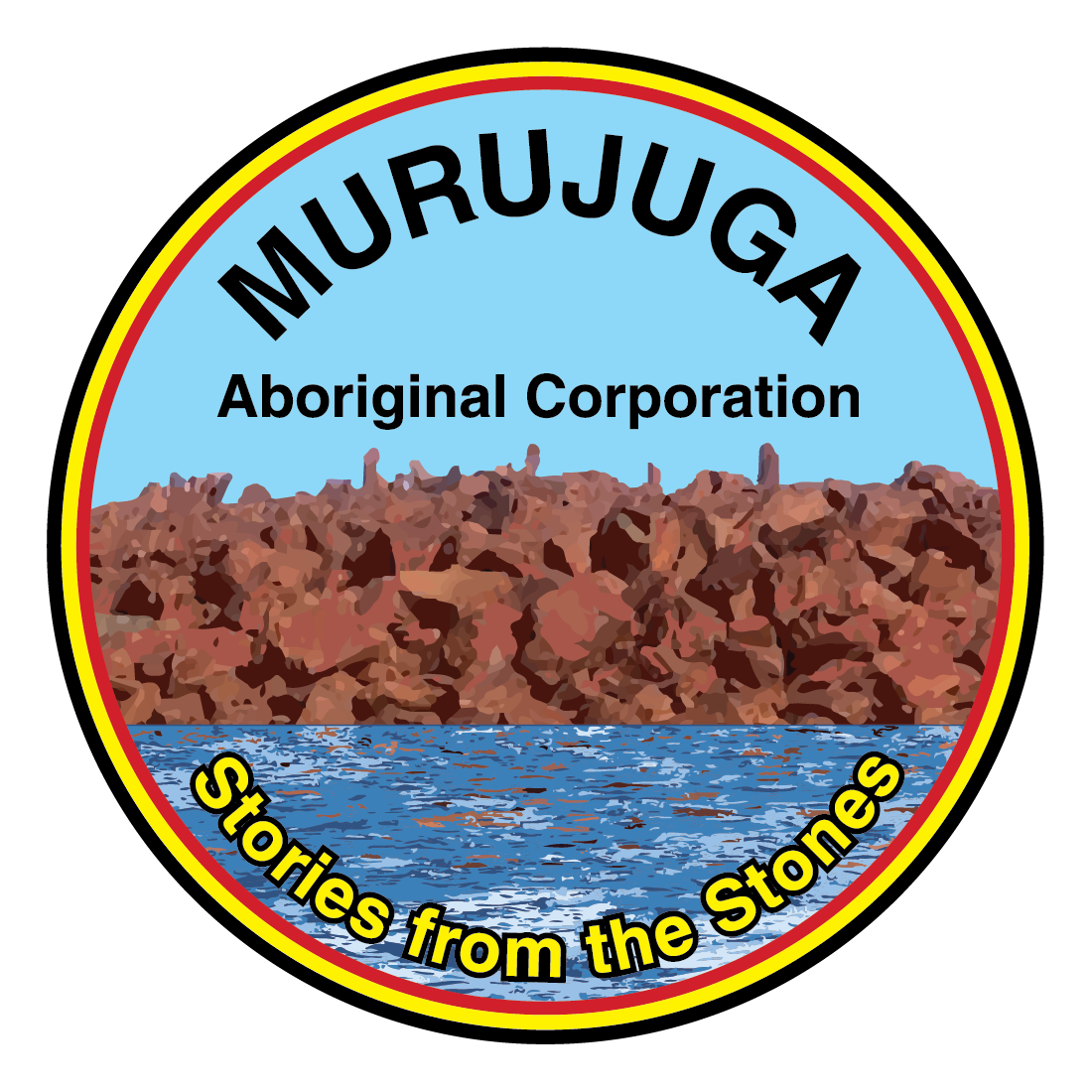
The airshed on Murujuga – already the subject of research by the Murujuga Rock Art Monitoring Program – is set to become even better understood through the use of Light Detection and Ranging (LiDAR) sensors.
Three machines have been sourced from the University of Melbourne, University of Newcastle and the WA Department of Water and Environmental Regulation. Each uses a different wavelength, enabling different types of data to be captured about aerosols and dust in Murujuga’s atmosphere.
The sensors will remain on a high hill, continuously collecting data day and night, for three months.
Ground-level air quality data is already continuously captured by the Rock Art Monitoring Program from 21 air quality monitoring stations located across the mainland and islands of Murujuga.
In addition, countless measurements are being taken by MAC Rangers and scientists on nearby rock art panels, while geochemists in Perth study how relevant rock types on Murujuga respond to different conditions.
Complementing these approaches, the LiDAR campaign – plus ongoing use of multi-axis differential optical absorption spectroscopy (MAX DOAS) technology – enables the Murujuga Rock Art Monitoring Program to better understand the atmosphere on Murujuga, above ground level.
A LiDAR machine transmits a laser pulse in the form of a beam for several kilometres. As the beam encounters particles and its light is scattered, a detector in the LiDAR machine records the scattering and the distance from the machine that it occurred.
Expert analysis of this scatter signal can identify the nature of the aerosols encountered, as well as their position in the atmosphere. As the LiDAR machine angles its laser and detector in different directions, it collects data along different axes, creating a 3D picture of the airshed.
The University of Melbourne LiDAR machine emits a green laser pulse, visible at night. So if you see a green beam on the Burrup one night in the next few months, you will know it is the LiDAR sensor.
Photo (credit Murujuga Aboriginal Corporation): Rock Art Monitoring Ranger Glen Aubrey cleans a LiDAR sensor as part of routine maintenance during the LiDAR camaign.
